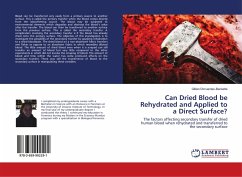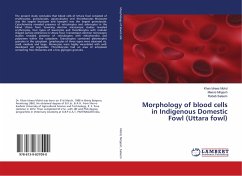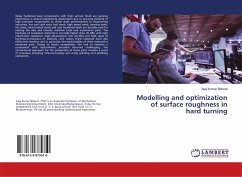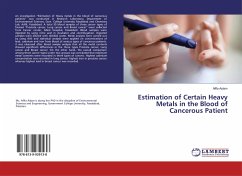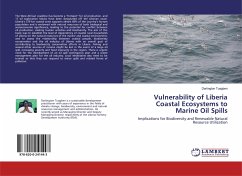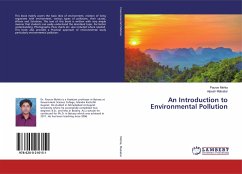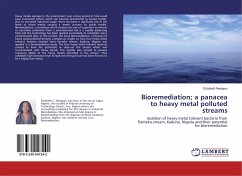Blood can be transferred very easily from a primary source to another surface. This is called the primary transfer when the blood comes directly from the blood-letting source. The blood may be subjected to environmental elements which degrades and destroys the blood's value after this transfer. The blood can then be transferred to another surface from the previous surface. This is called the secondary transfer. A complication involving the secondary transfer is if the blood has already dried onto the primary surface. The objective of this investigation is to investigate the possibility of the secondary transfer by applying rehydration to a dried bloodstain. The dried blood on a non-absorbent fabric transfers wet flakes as oppose to an absorbent fabric in which resembles diluted blood. The little amount of dried blood even when it is scraped can still transfer an amount of blood but very little compared to the other experiments in which did not involve the scraping of blood. The amount of blood and time within the water has some profound effects on the secondary transfer. There was still the transference of blood to the secondary surface in manipulating these variables.
Bitte wählen Sie Ihr Anliegen aus.
Rechnungen
Retourenschein anfordern
Bestellstatus
Storno

